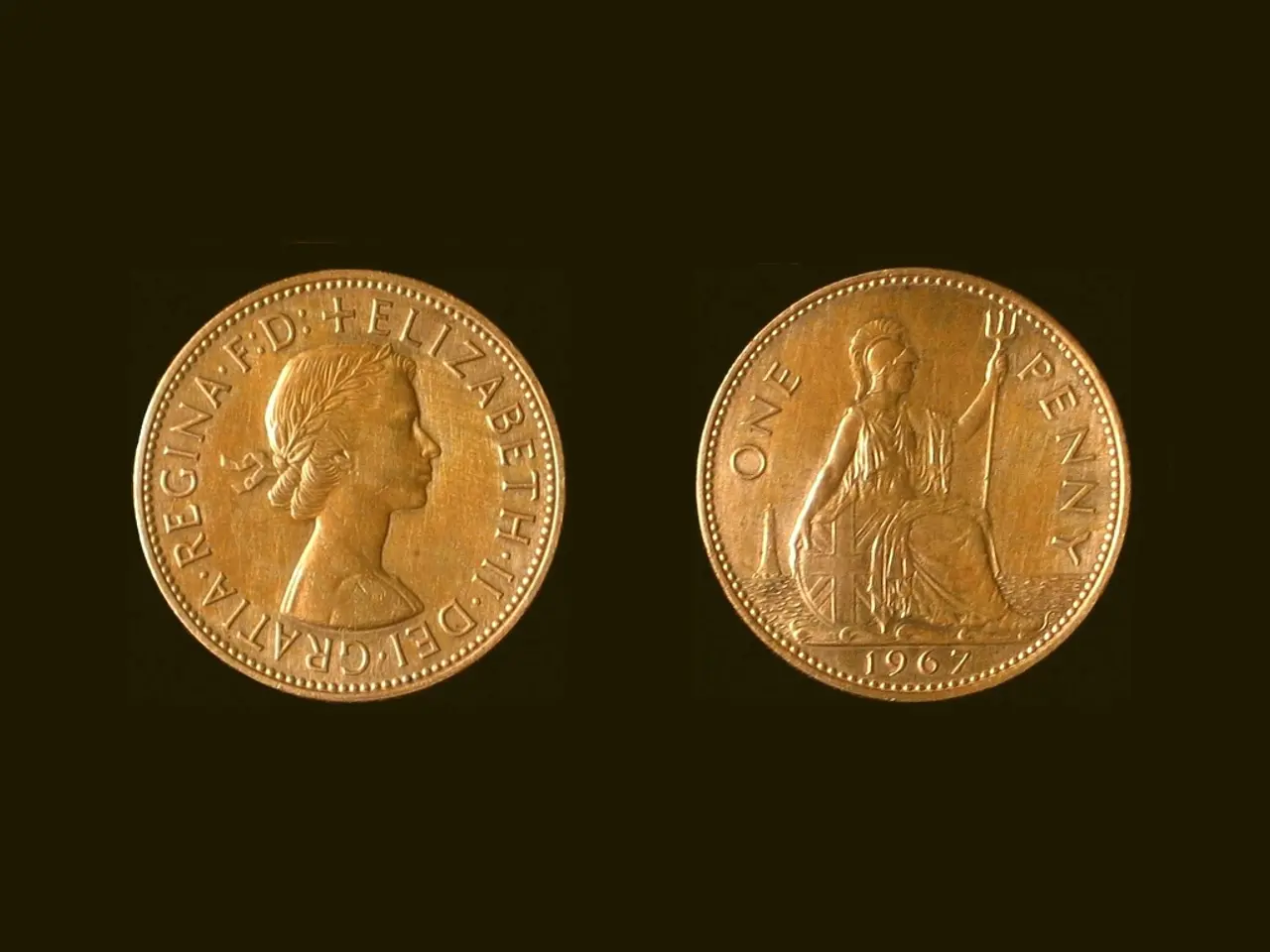Uncovering rotating magnetic cells in critters through observation of their spins
Unraveling Magnetic Senses: The Role of Magnetite in Rainbow Trout and Other Animals
In the intricate world of animal navigation, a fascinating discovery has been made about the ability to sense the Earth's magnetic field, known as magnetoreception. This ability, found in various creatures such as birds, sharks, salmon, trout, turtles, bats, ants, bees, and potentially even cows, deer, and foxes, has been the subject of much scientific inquiry.
At the heart of this sensory system lies a naturally magnetic mineral particle called magnetite (Fe3O4). In magnetic-sensing animals, these crystals are found in specific cells and align with the Earth's magnetic field due to their ferromagnetic properties.
The Mechanics of Magnetite-Based Magnetoreception
When an animal moves or changes its orientation, the magnetite crystals exert mechanical force on associated sensory structures, effectively transducing magnetic information into neural signals. This biological magnetoreception enables animals to detect the direction and intensity of magnetic fields, which they can then use for navigation and orientation.
The Case of the Rainbow Trout
In the case of the rainbow trout, studies suggest that magnetite-based magnetoreception is common. Experiments show young salmonids reorient themselves in water tanks when the magnetic field axis is altered, indicating magnetic sensitivity.
The magnetite crystals are thought to be embedded either in the nervous system or specialized sensory cells, where they influence mechanosensitive ion channels to trigger nerve impulses. However, it should be noted that some animals, including birds, also use alternate mechanisms like the quantum radical pair process, which does not rely on magnetite. The precise combination of mechanisms in fish is still under investigation.
A New Method for Discovery
Stephan Eder from the Ludwig-Maximilians-University in Munich has developed a method to find the individual cells responsible for sensing magnetic fields. This new study reports a simple, clever way of finding magnetite-rich cells, which should pave the way for experiments to isolate large numbers of magnetic cells from different animals.
The spinning cells in the nose of the rainbow trout have a dark mass at their tips, which is rich in iron and likely made of the iron mineral magnetite. The spinning method only applies to cells containing magnetite or other iron crystals, and Eder's method should prevent false positives as only spinning cells are magnetic.
Understanding the Genetic and Physical Characteristics
The discovery of these magnetic cells could lead to a better understanding of their genetic and physical characteristics. David Dickman believes these cells could provide valuable insights into the genetic basis of magnetoreception and the evolution of this remarkable sense.
[1] For more information on the cellular localization and molecular details of magnetoreception in rainbow trout, please refer to ongoing research.
In conclusion, rainbow trout likely detect magnetic fields using magnetite crystals that act as tiny compass needles within their bodies, converting magnetic forces into nerve signals the brain can interpret for orientation and navigation. This process involves mechanical coupling between the magnetic crystals and sensory neurons. The exact cellular localization and molecular details for trout remain the subject of ongoing research.
The fascinating discovery of magnetite crystals in the nose of rainbow trout suggests that they may detect magnetic fields in a manner similar to a compass, using these tiny particles as "needles" to convert magnetic forces into neural signals. This mechanical coupling between the magnetic crystals and sensory neurons could potentially be further explored through technological advancements in science and medical-condition research.
To delve deeper into the genetic and physical characteristics of these magnetite-rich cells, researchers are pursuing ongoing investigations, hoping to gain valuable insights into the evolution of the remarkable sense of magnetoreception in various animals, including the earth-dwelling rainbow trout.




